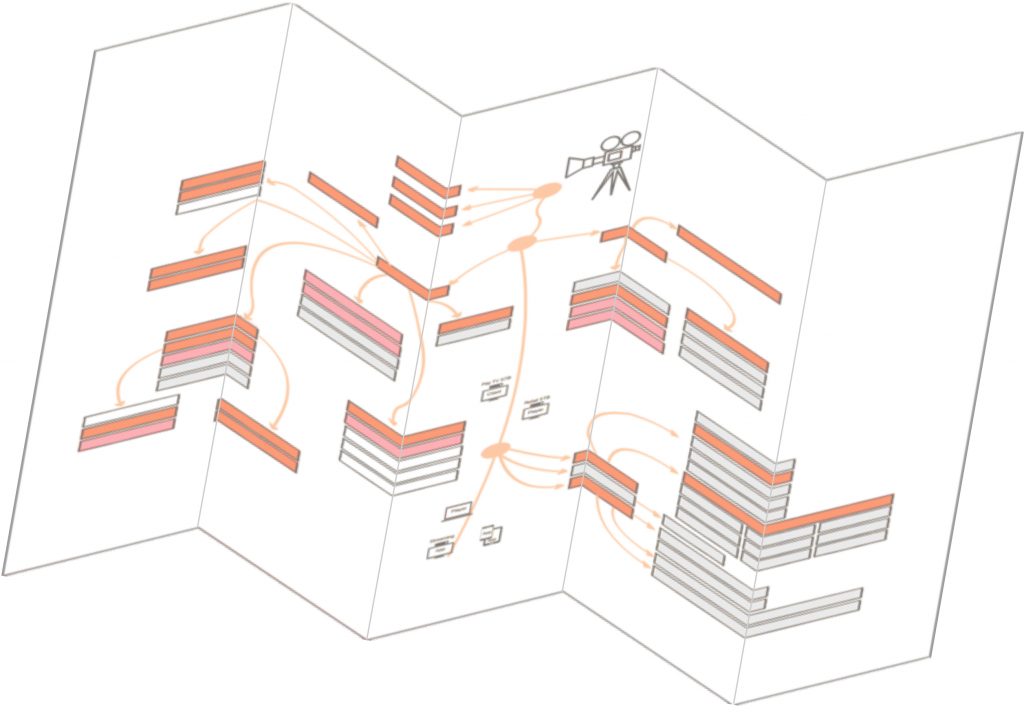 By Steven Hawley.
By Steven Hawley.
Toward the end of September, the US Copyright Office held a series of panel discussions about Standardized Technical Measures (STMs) to improve its Notice and Takedown system, used to mitigate copyright infringement of media and entertainment services; part of the Digital Millennium Copyright Act.
Standardizing infringement use-cases
During the last of these sessions, panelists thought it would be a good idea to have a standardized set of use-cases that would be subject to infringement.
This led me to ask the panel whether there is an abstracted ‘ecosystem’ view of the media lifecycle, with an agreed view of the content creation, production, distribution, consumption and post-consumption landscape – and how they interact with one another – so use-cases and places of infringement could then be identified.
Ironically, given the discussion that led to my question, the panelists were somewhat dismissive. Maybe I didn’t articulate the question very well.
Why we need a standardized view
In my opinion, such an ‘ecosystem’ view – which says “what” but not “how” – would give the technology community a referenceable framework to identify high-risk scenarios and attack infringement. Organizations already exist to declare and maintain technical standards. The technology community works within the frameworks of these organizations to shape and then implement the standards. Government and legal entities can help create and enforce guidelines that recognize legal and illegal/infringing use.

Why it matters
In recent weeks and months, I have been fielding questions from pay TV operators, direct-to-consumer video providers, industry associations, and technical standards organizations: What are my risks? Can I justify an investment to mitigate them? Where should I invest? How do I prioritize them? Is there a business case for us to initiate a professional services practice that focuses on digital piracy for our clients?
Because individual participants in the content lifecycle ecosystem have their own concerns in mind, they have less incentive to see the biggest picture.
So, I’ve been working on such an ecosystem-level view which I champion during my various contacts. It seems as if every time I have a conversation, I need to make adjustments. But it’s getting closer.
What should we focus on?
- Users: Such that anti-piracy mitigation doesn’t interfere with their experiences
- Rights holders: Which include communities – such as sports leagues, for example – that have their own perspectives on rights to protect
- Metadata: A universal content database wouldn’t be needed if metadata associated with the content is the “source of truth” (assuming metadata can’t be tampered with)
- Distributors: Who need to protect rights-holders whose content they distribute. And consumers, who are generally not equipped to recognize risks that come with pirate services and content
- Technical standards orgs: To identify what a detection and mitigation framework should look like
- Regulatory and Legal professionals: To make sure that solutions don’t run afoul of policy, and to help navigate processes designed to mitigate infringement
- Law enforcement: To respond to recognized infringement
There should be agreement on boundaries for STM initiatives. Out-of-parameter use can then be identified with technology. This gives technology suppliers and professional services providers a context within which they can recommend and implement their solutions.












